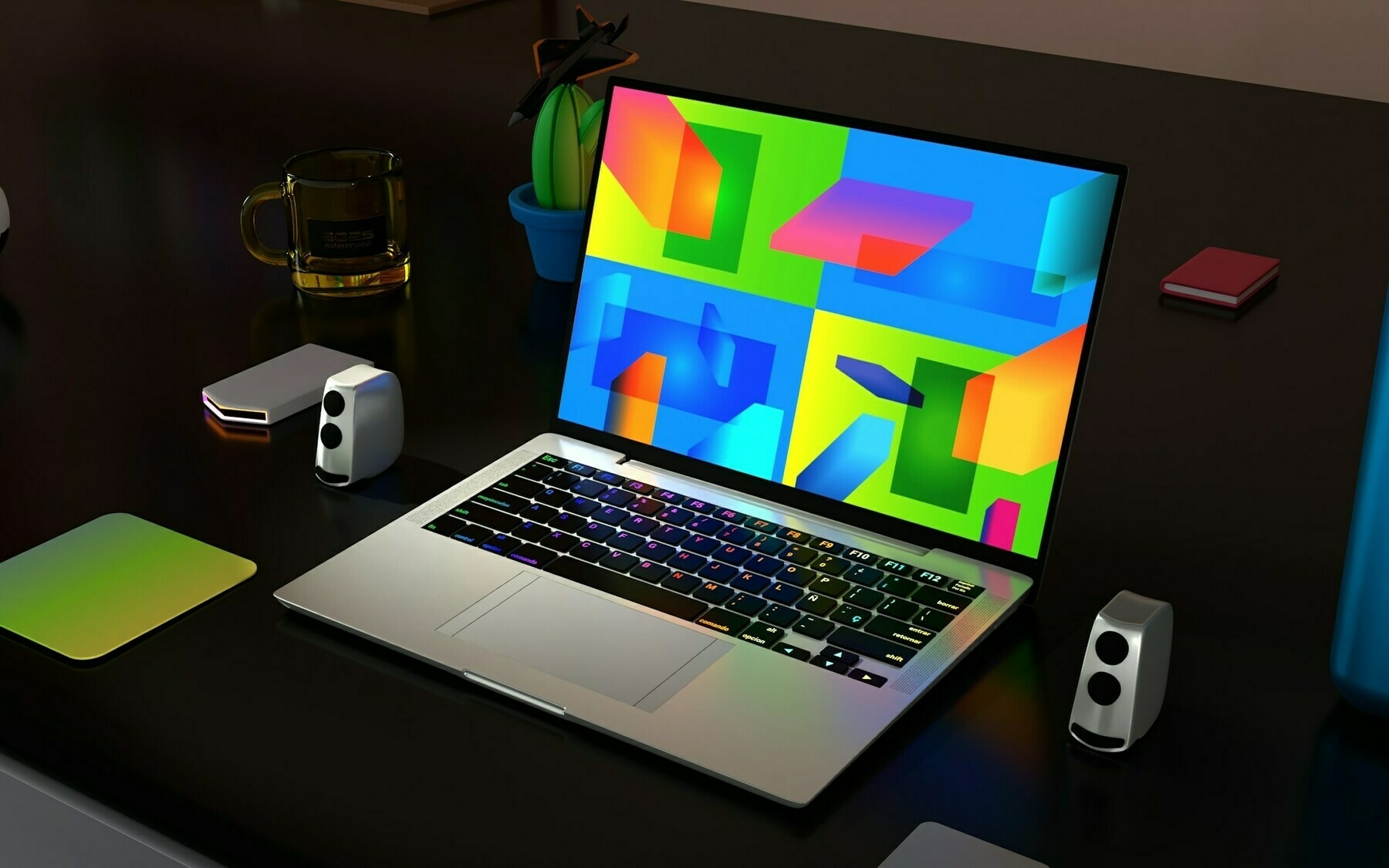The Great Democratization Cycle

This article by Pete Sena is a curious one. On the one hand, he makes some really solid points about ‘vibe coding’ which I’d define as using natural language to create digital artefacts containing code. Most commonly these are web apps, such as the ones I’ve created:
- Album Shelf — make virtual shelves of music albums to set as your video conference background
- Badge to the Future — a Verifiable Credentials issuing and portfolio platform
- Career Discovery Tool — a question-based tool using the Perplexity and Lightcast APIs to find which jobs might be suitable (and less likely to be automated)
Sena goes on, however, to start talking about ‘craft’, as if somehow lots of people being able to manipulate code is going to destroy the industry. It won’t. There will just a lot more people being able to go from idea to execution quickly.
Does that mean that every vibe coded app will be scalable and secure? Obviously not. But this is the worst the technology is going to be, so buckle up, folks! If you’re interested in a potential course I’m going to offer around all this, you can sign up at vibe.horse.
Vibe coding is also just one more example of what I call the Great Democratization Cycle. We’ve seen it in photography as it evolved from darkrooms to digital cameras, which eliminated film processing, to smartphones and Instagram filters, making everyone a high-end “photographer.” The same goes for publishing (from printing presses to WordPress), video production (from studio equipment to TikTok), and music creation (from recording studios to GarageBand on a laptop and now AI tools like Suno on your smartphone).
[…]
This AI-driven accessibility is undeniably powerful. Designers can prototype without developer dependencies. Domain experts can build tools to solve specific problems without learning Python. Entrepreneurs can validate concepts without hiring engineering teams.
But as we embrace this new paradigm, we face a profound question: What happens when we separate makers from their materials?
[…]
Consider this parallel: Would we celebrate a world where painters never touch paint, sculptors never feel clay, or chefs never taste their ingredients? Would their art, their craft, retain its soul?
When we remove the intimate connection between creator and medium — in this case, between developer and code — we risk losing something essential: the craft.
[…]
True innovation often emerges from constraints and deep domain knowledge. When you wrestle with a programming language’s limitations, you’re forced to think creatively within boundaries. This tension produces novel solutions and unexpected breakthroughs.
When we remove this friction entirely, we risk homogenizing our solutions. If everyone asks AI for “a responsive e-commerce site with product filtering,” we’ll get variations on the same theme — technically correct but creatively bankrupt implementations that feel eerily similar.
Source: Peter Suna
Image: BoliviaInteligente